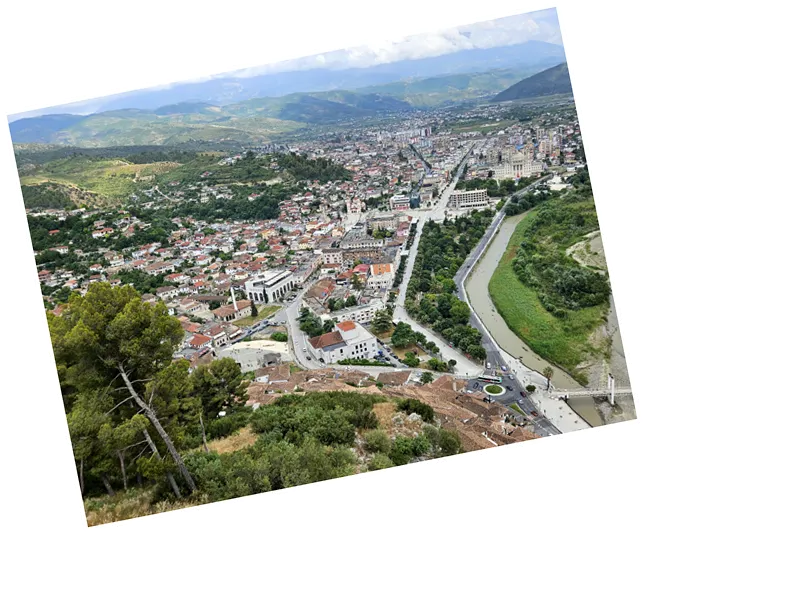Efforts to Revive Ancient Baghdad's Heritage
In the heart of Baghdad, efforts are underway to preserve the city's rich heritage amidst the shadows of modern industrialization. A recent tour organized by the Young Architects Club highlights the importance of Islamic architecture and aims to educate the public about the historical significance of sites like the Abbasid Palace and the Central Gate. As Baghdad gradually stabilizes, the interest in its architectural legacy is growing, particularly among the youth who are eager to reconnect with their national identity and cultural heritage.
The tour, led by students and architecture enthusiasts, showcases the beauty of Baghdad’s historical sites, which date back over 800 years. Abdullah Imad, a student organizer, emphasized the need to raise awareness about the city's architectural treasures, stating, “We want to show people what Baghdad contains of Islamic architecture, its value and its identity.” The event featured prominent historical landmarks, including the Abbasid Palace and the Marjan Mosque, which reflect the city's storied past and architectural prowess.
Challenges in Heritage Preservation
Despite the renewed interest in Baghdad's heritage, significant challenges remain in the preservation and restoration of its historical buildings. Many structures have suffered from neglect, with approximately 15% of the 2,400 classified heritage buildings in the city either destroyed or altered. The Baghdad Municipality is actively working on restoration projects, including the revitalization of Al-Mutanabbi Street and Rashid Street, which are crucial for re-establishing the city's cultural identity.
Architect Fatima Al-Muqdad noted the importance of engaging the younger generation in heritage preservation efforts, stating, “When young people go online, they see how nations care about their heritage, and they want and deserve the same.” As the Iraqi government seeks to transform the historic center of Baghdad into a vibrant cultural hub, the hope is that these efforts will not only preserve the past but also foster economic growth through tourism.





